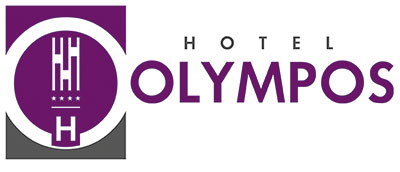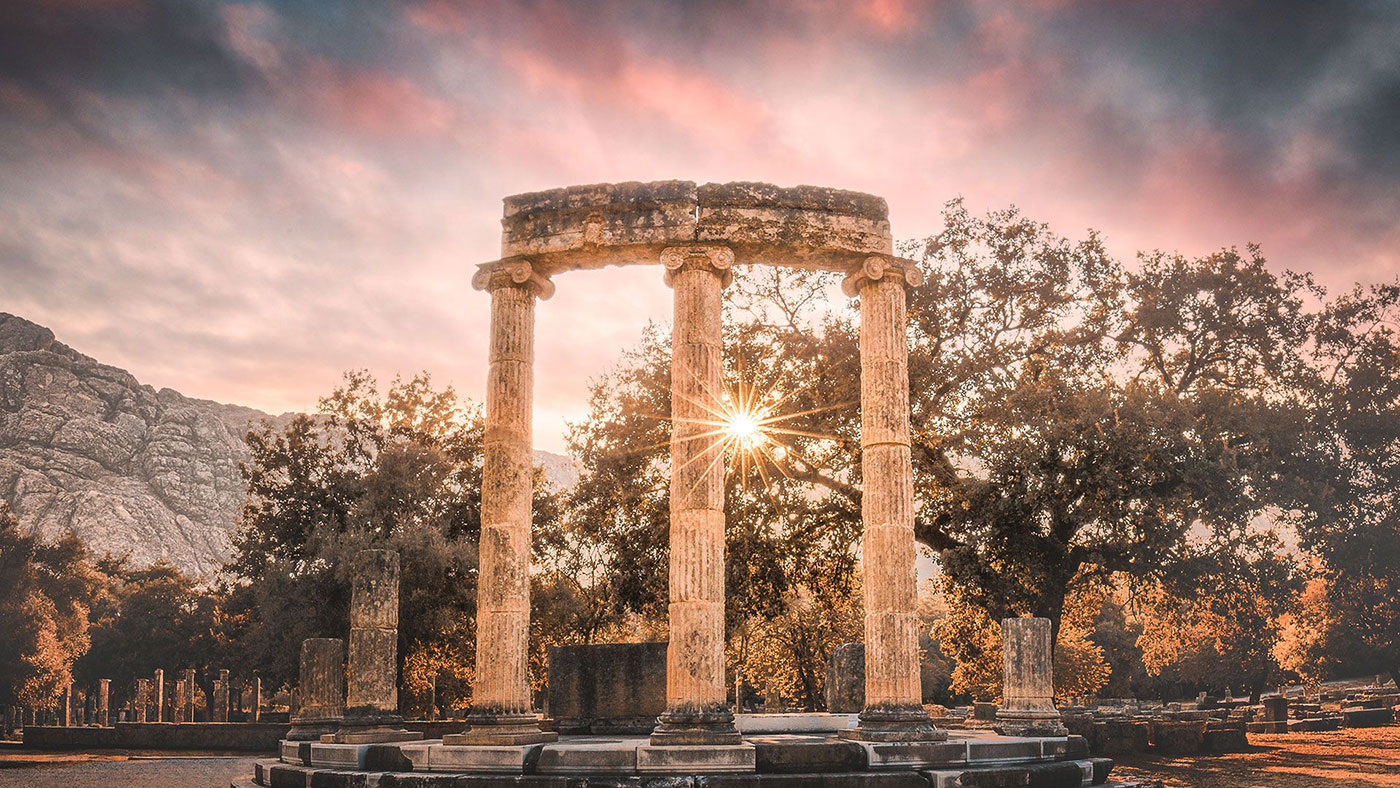Archaeological Site of Olympia
According to the World Heritage website, there is probably no ancient archaeological site anywhere in the world that is more relevant to today’s world than Olympia. The Olympia Stadium, where the ancient Olympic Games were held, and the magnificent Temple of Zeus, the largest temple in the Peloponnese, are some of the site’s attractions. The best way to make the most of your visit is to compete in the stadium as the athletes used to do and feel the frantic pace!
The archaeological site of Olympia includes the Sanctuary of Zeus and the many buildings constructed around it, such as sports facilities used for the preparation and staging of the Olympic Games, administrative buildings, and other buildings and monuments. The Altis, the sacred precinct and the core of the Sanctuary, with its temples, cult buildings, and treasuries, occupies the center of the area. It is surrounded by columns, or enclosure walls, which in the late fourth century BC had two gates on the west side and two on the south, and bordered on the east by the Lodge of Echo, which separates the sacred area from the stadium. The enclosure was enlarged in Roman times and two monumental entrances were created on its western side.
The temple of Zeus and further north the older temple of Hera dominate the Altis. East of Heraion is the Metro, a temple dedicated to Cybele, the mother of the gods, and behind it, at the foot of the Cronio Hill, a series of treasures that were dedicated to Greek cities and colonies. To the west of them is preserved the Nymphaeum, the brilliant aqueduct dedicated by Herod Atticus. South of Heraion and above the ruins of the prehistoric settlement of Olympia is the Pelopio, a funerary monument dedicated to the hero Pelops. Also within the Altis is the Prytaneion, the seat of the sanctuary officials, and the Philippion, an elegant circular edifice dedicated by Philip II, king of Macedonia. Southeast of the Heraion was the great altar of Zeus, a most important monument, constructed entirely of ashes and therefore now completely lost. The rest of the space within the enclosure was full of altars and statues of gods, heroes, and Olympians, dedications of Greek cities, or wealthy individuals, such as the Nike of Paion.
Outside the sacred precinct of the Althea, in its southern part, the Bouleuterion and the South Stoa, the southernmost building of the wider sanctuary and its main entrance from the south. West of the Althea and separated from it by the Sacred Way are a series of buildings for the sanctuary staff, athletes and distinguished visitors: the gymnasium and the palace, training grounds, the workshop of Phidias, which in early Christian times was converted into a Christian basilica, the Greek baths with their swimming pool, the Roman baths, the Theokoleion or ‘residence, the Leonidian staff priests quarters, and the Roman guesthouses.
East of the Althea is the stadium where the Olympic Games were held. South of the stadium was the racecourse, of which no trace because it had been washed away by the Alpheus. South of the racecourse is a group of baths and villas, such as the famous House of Nero, built by the emperor for his stay in Olympia during his participation in the games.

